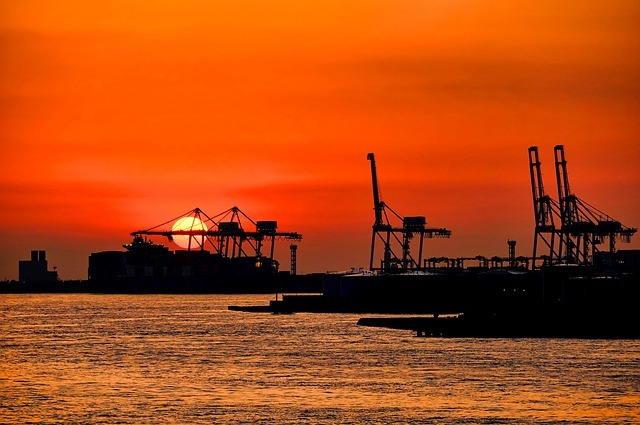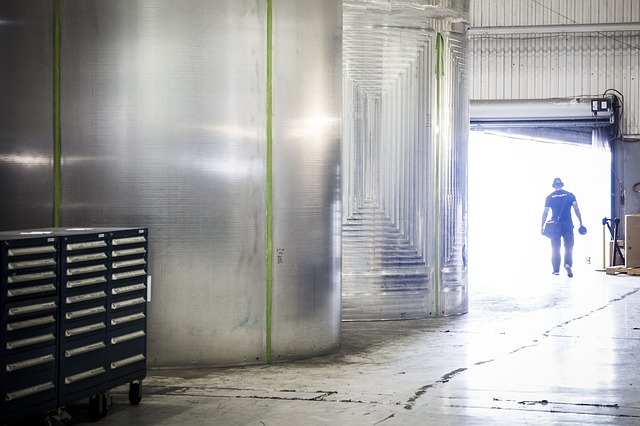What Can You Have in Your Silvan Tanks?
One of the most important things to ask yourself when harvest time for your crop is just around the corner is “what’s inside your silvan tanks?”
Brace yourself because you are up for some surprise for this.
In the absence of proper care and maintenance, fuel tanks are likely to house not just your diesel or whatever petrochemical product that you have but it might also harbor within its walls rust, water, dirt, and sometimes algae, too. We qualify them as foreign matters. Debris and other contaminants are the usual culprits, the primary reason behind the acceleration of fuel degradation and when this happens it will increase the odds for fuel pump failure to happen. Over time, this will translate into expensive repairs. So, therefore, before harvest time comes to ensure that everything is up and good for you by asking yourself the following guide questions:

1. Have you checked for water in the fuel tank recently?
Unless you had prior experience with water causing havoc to your fuel storage tank, you would not right away agree with me in saying that water is synonymous with trouble for your equipment and fuel tanks.
There are many different ways in which water will find or seep into your liquid containment tank, one is by virtue of condensation. It is inevitable for the temperature to rise and fall, and when this happens tiny water droplets are likely to form both inside and outside your tank walls.
Badly damaged vent systems and hoods also run the risk of rainfall to get through to your tank. All these above-mentioned points explain the reason why we highly recommend that you make it a habit to inspect your fuel tank every now and then, to check for the presence of water.
2. Do you know the steps that should be taken to prevent water contamination?
Soon after you ascertain that your fuel containment tank is free from water, it time to come up with a contingency plan on you can effectively keep water out. Below are some of the most effective measures to try for this purpose:
- If you happen to have an above ground tank, see to it that you have them nestled in areas where it is unlikely for water and other contaminants could flow or get in.
- Check out hatchets, vents, gaskets, and fill caps very for damage or frays. Replace only when necessary.
- Inspect spill containment buckets. If water is found, see to it that you will drain it to your tank. Scoop them out and once everything has been collected, dispose of it properly.
- Drain your tank and have it properly and thoroughly cleaned not by yourself or your staff but by a professional. See to it that you carry this out during summer and in spring, too.
3. Recall the last time that your fuel tank filter systems were replaced.
Cleaning out your tank is a must and you must get this done at least once every year. Aside from this, it is also paramount that you replace your tank’s filter system every quarter or every 4 months. If you have a squeaky clean filter system in your tank, that will go a long way in as far as keeping rust from developing and dirt from collecting.
Make it your goal to always have well-maintained silvan tanks. By seeing to it that your fuel containment system is always on its tip-top shape, you can count that it will always lead you to expect a well-run harvest, all the time.
What Can You Have in Your Silvan Tanks? Read More »

